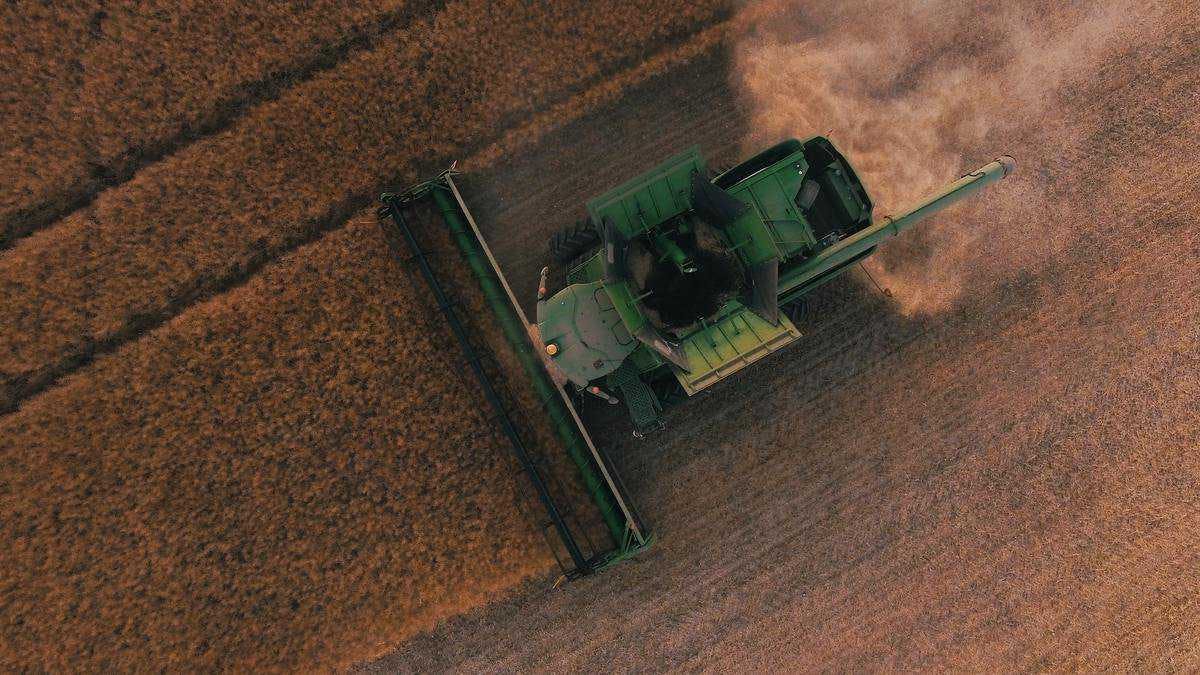There is cause for celebration in regional Australia, as the Federal Government has committed to delivering long-awaited agricultural specific visas. Since the closure of international borders, farmers have struggled to meet their staffing requirements. There is hope that Agricultural visas are the solution.
Agriculture visas
Today, Minister for Agriculture David Littleproud announced the Australian Agriculture Visa. The visas will address calls from the agricultural sector, which has been critically understaffed since the beginning of the pandemic. With the harvest season approaching for many crops, agribusinesses will now have a new pool of skilled employees available to them.
The new visa system will build upon the success of the Pacific Scheme, which by March 2022 is expected to add a total of 24,000 seasonal workers to the agricultural workforce.
Mr Littleproud said, “The Australian Agriculture visa will be available to workers across the agriculture (including meat processing), fisheries and forestry sectors and provide a basis for the ongoing growth of Australia’s primary industries as they strive to reach $100 billion in value by 2030.”
“The … visa will be open to applicants from a range of countries negotiated through bilateral agreements. Full conditions will be developed and implemented over the next three years as the visa is operationalised. During this implementation period, we will work to achieve a demand-driven approach and consider permanent residency pathways and regional settlement.”
Filling the labour gap
The regulations which will allow the creation of visas is anticipated to be in place by the end of September 2021. However, their use will depend upon the availability of state-based quarantine facilities. The accessibility of the visas will be determined by what each state allows.
The National Farmers Federation (NFF), which has been at the forefront of the push to allow overseas workers to fill gaps in the agricultural labour force, welcomed the decision
NFF President Fiona Simson said, “This is a significant step towards solving the farm sector’s enduring workforce crisis with a bespoke visa designed to meet the industry’s many and varied skill needs. There will be a sigh of relief from farmers from the very northern tip of our country to those in the most southerly parts of Tasmania.”
The NFF has also welcomed the haste with which the visas are hoped to become available. “The start date (end of September) is extremely good news for farmers across the nation who are right now struggling to know how they will harvest, pick and pack this year’s crop,” Ms Simson said.
The shortages in the rural and agricultural workforce have come into focus since 2020. The industry had previously relied on working holiday visas and importing much of its skilled labour. But with both national and international border closures, many farmers have been left without the necessary staff.
“There is no question an inadequate workforce is a hand-break to agriculture’s growth and to the prosperity of the regional communities who depend on the farm sector,” Ms Simson said.
“The COVID-19 pandemic has brought into sharp focus farmers’ reliance on an international workforce, particularly during the peak seasonal work periods. Farmers would always prefer to employ local workers, but the reality is agriculture depends on a combination of domestic and international labour.”
Quarantining incoming workers
The outcome of the Federal Government decision now depends on the action of states and quarantine restrictions. Minister Littleproud highlighted this limitation saying, “Quarantine places remain the biggest constraint to bringing in overseas workers where there are no Australians to fill workforce shortages. The Government is working closely with States and Territories to ensure we can meet future workforce needs across all sectors.”
On this issue, Ms Simson said, “The onus is now on state and territory governments and their chief health officers to approve quarantine arrangements to safely house incoming foreign workers.
“We recognise the development of joint state, territory and Commonwealth quarantine facilities such as the Bladin Village in the Northern Territory, where workers will quarantine before heading to Western Australia to help with this year’s forecast record grain harvest. We hope to see more collaborations like this in the very near future.”
Some have suggested farm-based quarantine as a solution to staff shortages. However, this solution was knocked back by the Federal Government earlier this year. Without a bolstered quarantine solution for arriving international workers, farmers may continue to face labour shortages.
No matter the solution, continued support of the agricultural sector is paramount to Australia’s economic recovery. This means ensuring that farms have the workers they need to keep Australia’s food moving. Ms Simson said, “During the ongoing COVID-19 pandemic, agriculture continues to be the engine room of the economy. Farmers have not missed a beat in keeping supermarket shelves stocked in support of all Australians.
“We hope farmers across the country can expect the full support of the Australian Parliament in making the Ag Visa a reality,”
Read more:New digital platform to drive growth of Aussie agriculture
Read more:Australian agriculture looking forward to a profitable year
Keep up to date with our stories on LinkedIn, Twitter, Facebook and Instagram.

